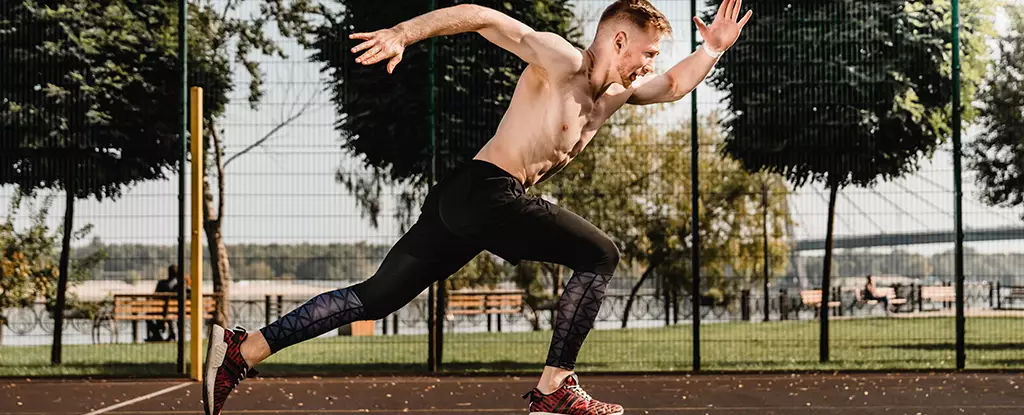The balance between fitness and health is a widely discussed topic, especially in today’s world where intense workout regimes are the norm among athletes and emergency responders. A recent study conducted by the Pacific Northwest National Laboratory (PNNL) brings to light a potential downside of extreme exercise—an impaired immune response following rigorous physical activity. This finding, derived from analyzing over 4,700 fluid molecules in firefighters post-exercise, highlights a critical aspect of health that often gets overlooked in discussions of fitness: the impact of high-intensity workouts on the immune system.
Research suggests that while moderate exercise is beneficial and can bolster the immune system in the long run, excessive vigorous activity might have the opposite effect. In this case, the study noticeably raises concerns about the risks faced by those in high-stress, physically taxing professions. As PNNL biomedical scientist Ernesto Nakayasu pointed out, individuals who are extremely fit could paradoxically find themselves more vulnerable to viral respiratory infections immediately after they engage in strenuous tasks.
The researchers focused their study on a specific cohort: 11 male firefighters who undertook an exhaustive 45-minute session of exercise, carrying heavy gear over challenging terrain. This directed examination allowed them to track not only blood plasma changes but also alterations in urine and saliva samples. By doing so, they aimed to glean insights about the body’s responses to the stresses imposed by such demanding workouts.
Eric Nakayasu and his team were interested in identifying early signs of immune suppression, which became evident through their findings. They uncovered a notable decrease in inflammatory markers, which are crucial for defending the body against pathogens. Concomitantly, an increase in opiorphin—an endogenous peptide that promotes vasodilation—was observed. This peculiar combination has left scientists pondering whether the changes serve as physiological adaptations to accommodate increased metabolic demands during intense exercise or if they signify a vulnerability to infections in the wake of such exertion.
What complicates the narrative surrounding exercise and immune function is the dual nature of the observed phenomena. While some scientists assert that the reduction of inflammatory molecules after strenuous exercise may indicate susceptibility to infection, others propose that such changes reflect a heightened state of immune surveillance. In this view, the body could be undergoing regulated adjustments to optimize its response to increased physical stress.
The oral microbiome analysis provided additional dimensions to the results, revealing a significant shift in the microbial communities present after high-intensity exercise. Increased antimicrobial peptides were detected, possibly reflecting an attempt by the immune system to counterbalance the suppression indicated by prior findings. However, the inability of these peptides to inhibit E. coli growth raises questions about their effectiveness in providing protection against infections, indicating a possible limitation in the body’s defense mechanism during periods of extreme physical stress.
Despite the intriguing insights, there exists a cautionary note regarding the study’s limitations. Notably, the small sample size and the homogeneity of the group—healthy, active men—suggest that broader research involving diverse populations is vital for understanding the generalizability of these findings. Firefighters, facing heightened exposure to environmental pollutants, may experience unique immune system challenges that further complicate the interpretation of results.
The cumulative evidence from this study and previous investigations indicates that high physical demands may indeed correlate with an increased risk of respiratory infections. As the field of exercise science continues to evolve, recognizing the potential drawbacks of intense exercise, particularly for those in physically demanding roles, will be crucial in promoting holistic health practices.
Ultimately, while the pursuit of fitness is commendable, the dialogue must also address the implications of extreme exercise on the immune system and consider integrative approaches to training models that prioritize health and resilience alongside peak performance.


Leave a Reply